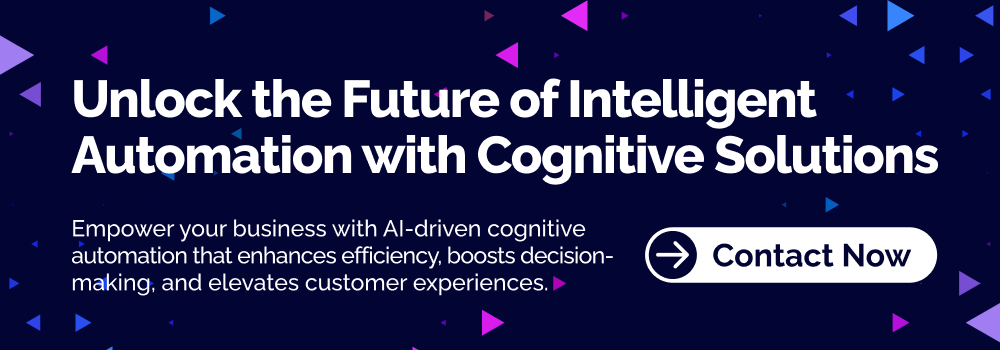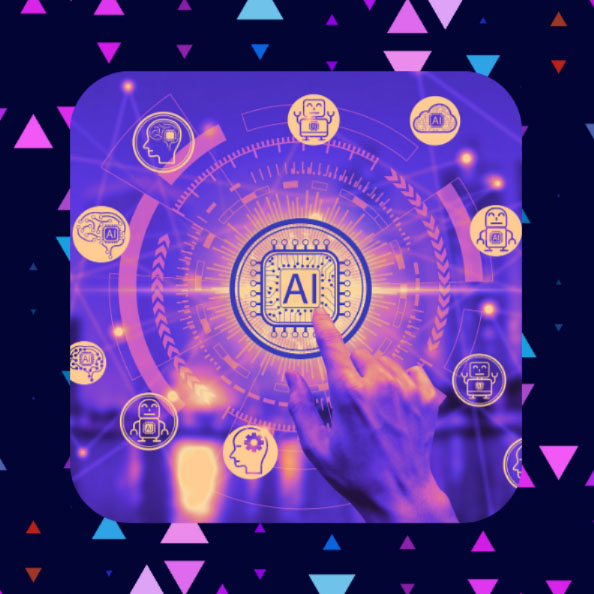Artificial Intelligence, zBlog
Cognitive Automation: Revolutionizing Business Operations with Intelligent Automation
trantorindia | Updated: October 28, 2025
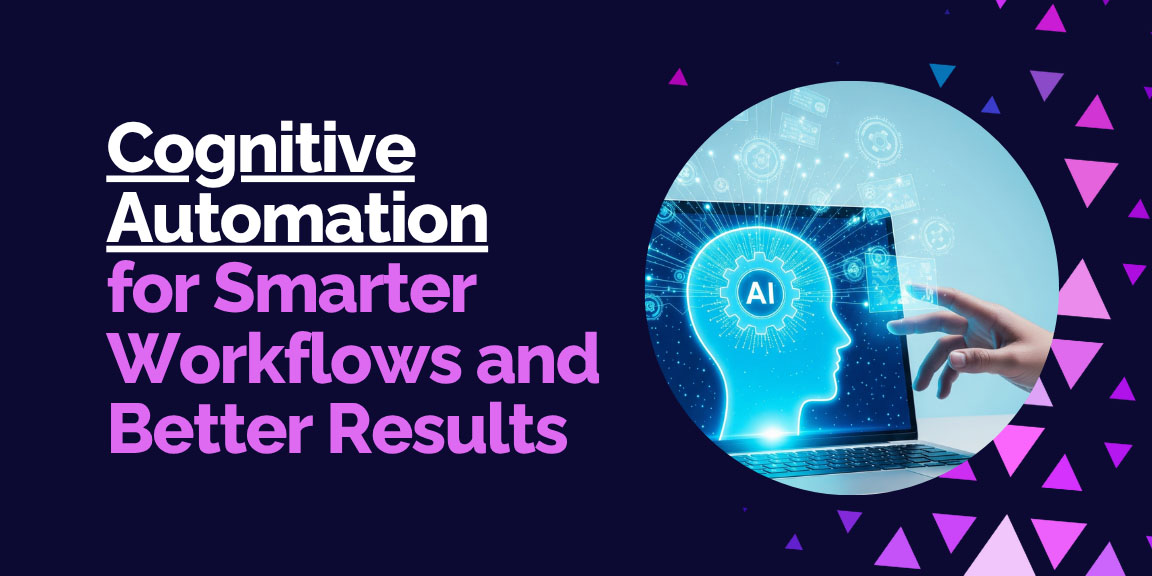
One of the most transformative advancements in this domain is Cognitive Automation. As businesses move toward digital transformation, the integration of artificial intelligence (AI) and machine learning (ML) is playing a pivotal role in enhancing operational efficiencies, reducing human errors, and delivering smarter decision-making capabilities.
At Trantor, we are deeply involved in helping organizations leverage these advanced technologies to streamline processes, improve outcomes, and create more agile environments. In this blog, we will explore the concept of cognitive automation, its key components, how it works, and why it is crucial for businesses seeking to stay ahead of the curve in the digital era.
What is Cognitive Automation?
Cognitive Automation refers to the application of AI technologies such as machine learning, natural language processing (NLP), image recognition, and advanced analytics to automate complex business processes that typically require human intervention. Unlike traditional automation, which focuses on repetitive tasks and rule-based workflows, cognitive automation goes a step further by simulating human-like thinking, decision-making, and problem-solving abilities.
This form of automation enables systems to understand, learn, and adapt based on data inputs, historical patterns, and external environments. It is particularly useful in industries where tasks involve ambiguity, subjectivity, and require high-level cognitive skills, such as in customer service, finance, healthcare, and legal sectors.
The Key Components of Cognitive Automation
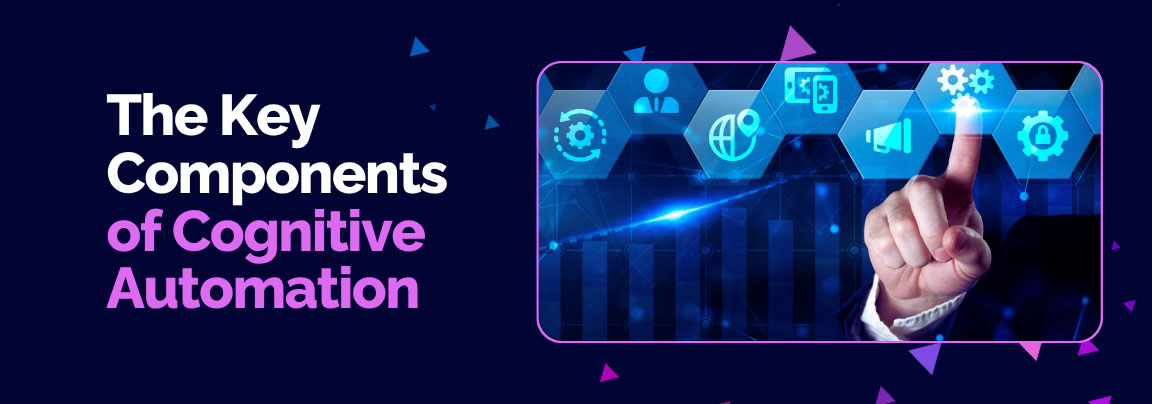
Cognitive automation is powered by a combination of several advanced technologies, which work together to simulate human thought processes:
- Artificial Intelligence (AI): AI is the backbone of cognitive automation, providing the systems with the capability to perform tasks that were once thought to be solely within the realm of human intelligence. AI includes deep learning, supervised and unsupervised learning, and neural networks that enable the automation system to learn from experience, make predictions, and improve over time.
- Machine Learning (ML): A subset of AI, ML enables systems to learn from large volumes of data without being explicitly programmed. By using algorithms, ML models can identify patterns, make decisions, and evolve based on the data fed into them. This makes cognitive automation highly adaptable and self-improving.
- Natural Language Processing (NLP): NLP allows machines to interpret and understand human language, whether it is spoken or written. This component is crucial for customer-facing processes such as chatbots, virtual assistants, and automated customer support, enabling businesses to engage with their customers in a more natural and conversational manner.
- Computer Vision: With the ability to process and interpret visual data, computer vision enables cognitive automation to make sense of images, video, and other visual inputs. It is particularly useful in industries such as manufacturing, healthcare, and retail, where visual data plays a significant role in process automation.
- Robotic Process Automation (RPA): RPA involves the use of software bots to automate rule-based, repetitive tasks. While RPA can handle a wide range of simple processes, cognitive RPA takes things further by incorporating AI and machine learning to handle more complex workflows that require decision-making, learning, and adaptation.
- Advanced Analytics: By analyzing vast amounts of structured and unstructured data, advanced analytics can uncover insights that drive smarter decision-making. It enables organizations to predict trends, assess risks, and optimize their strategies in real time, ensuring that decisions are based on accurate, data-driven insights.
How Does Cognitive Automation Work?

The functioning of cognitive automation can be broken down into the following steps:
- Data Collection: The first step in the cognitive automation process is gathering large amounts of data from multiple sources, including customer interactions, transaction logs, sensor data, and more. This data is used to train machine learning models and help them make accurate predictions and decisions.
- Data Processing and Interpretation: Once the data is collected, it is processed and interpreted using algorithms that analyze patterns, trends, and correlations. Machine learning models are then trained to understand how the data behaves and predict future outcomes based on historical information.
- Decision-Making: After the data has been processed, the system uses AI-driven models to make decisions. For example, a system might be tasked with handling customer service queries. It could use NLP to interpret the customer’s question, machine learning to understand the context, and past interactions to deliver the most relevant and accurate response.
- Action and Execution: Once the system makes a decision, the next step is to take action. This could involve sending an email, making a recommendation, processing a transaction, or updating a system. Cognitive automation systems can also trigger other processes and workflows to ensure that the entire process is completed efficiently.
- Continuous Learning: Unlike traditional automation, cognitive automation systems continuously learn from new data and experiences. This iterative learning process allows the system to refine its algorithms, improve decision-making, and adapt to changes in the environment or business objectives.
Applications of Cognitive Automation
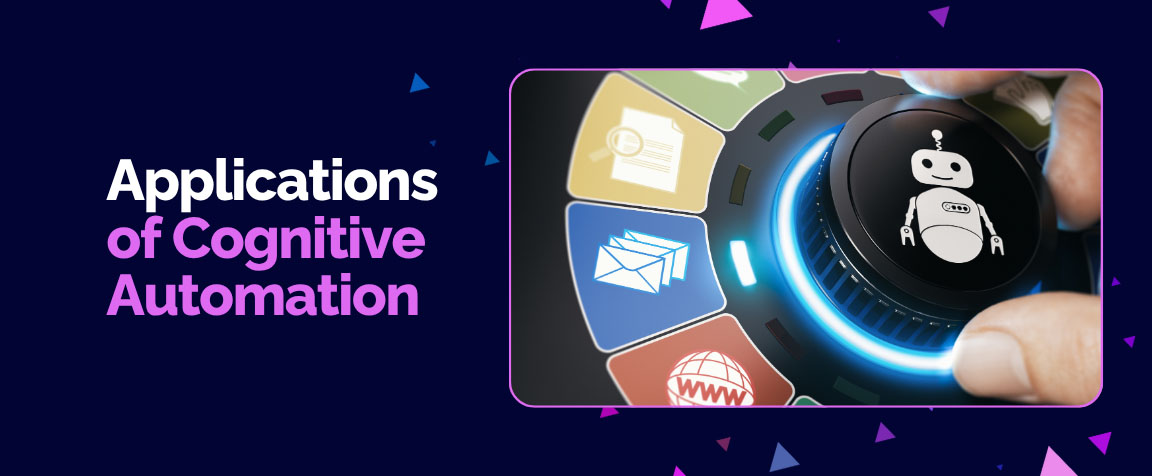
The potential applications of cognitive automation span across various industries. Some of the most notable use cases include:
1. Customer Service
Cognitive automation is revolutionizing customer service by enabling businesses to deploy intelligent chatbots and virtual assistants that can interact with customers in real time. These systems use NLP and machine learning to understand customer queries, provide personalized responses, and escalate complex issues to human agents. This not only reduces response time but also improves customer satisfaction.
2. Finance and Banking
In the finance industry, cognitive automation is being used to streamline processes such as fraud detection, risk assessment, compliance, and loan approvals. By analyzing historical data, AI-powered systems can identify patterns of fraudulent activities and automatically flag suspicious transactions. In addition, cognitive automation helps reduce human errors and improve decision-making in critical areas like credit scoring and investment strategies.
3. Healthcare
Healthcare is another sector where cognitive automation is making a significant impact. AI-powered systems are being used to analyze medical images, assist in diagnosis, and provide personalized treatment recommendations. Moreover, cognitive automation can streamline administrative processes such as billing, patient record management, and appointment scheduling, freeing up healthcare professionals to focus on patient care.
4. Retail and E-Commerce
In retail, cognitive automation is transforming the way businesses engage with customers. From personalized product recommendations to inventory management and supply chain optimization, cognitive automation helps retailers offer a seamless and highly personalized shopping experience. AI-powered chatbots also play a key role in handling customer queries, processing orders, and providing 24/7 support.
5. Manufacturing
In manufacturing, cognitive automation systems are being deployed to monitor equipment, predict maintenance needs, optimize production schedules, and detect defects in products. By leveraging IoT sensors and AI, manufacturers can improve product quality, reduce downtime, and optimize resource allocation, leading to significant cost savings.
Benefits of Cognitive Automation

Cognitive automation brings a range of benefits to businesses across industries. Some of the most significant advantages include:
1. Enhanced Efficiency
By automating complex tasks that require human-like thinking, businesses can reduce operational bottlenecks and improve efficiency. Cognitive automation allows organizations to process large volumes of data quickly and accurately, resulting in faster decision-making and improved performance.
2. Cost Reduction
Cognitive automation can help businesses reduce labor costs by automating tasks that would otherwise require human intervention. This not only leads to cost savings but also frees up employees to focus on higher-value activities that contribute to business growth and innovation.
3. Improved Decision-Making
Cognitive automation systems are designed to analyze vast amounts of data and provide actionable insights. By leveraging advanced analytics and machine learning, businesses can make more informed, data-driven decisions, leading to better outcomes and competitive advantages.
4. Scalability
Cognitive automation enables businesses to scale their operations without having to hire additional staff. Whether it’s processing large volumes of transactions, handling customer inquiries, or managing supply chains, cognitive automation can handle tasks at scale, ensuring that businesses can grow without sacrificing quality or efficiency.
5. Enhanced Customer Experience
With cognitive automation, businesses can offer more personalized and efficient customer experiences. AI-driven chatbots, virtual assistants, and automated systems can respond to customer queries in real time, providing faster resolutions and improving customer satisfaction.
6. Risk Mitigation
Cognitive automation systems can help identify risks and potential issues before they escalate. By continuously monitoring data and processes, businesses can detect anomalies, mitigate risks, and take proactive measures to prevent disruptions.
Challenges in Implementing Cognitive Automation
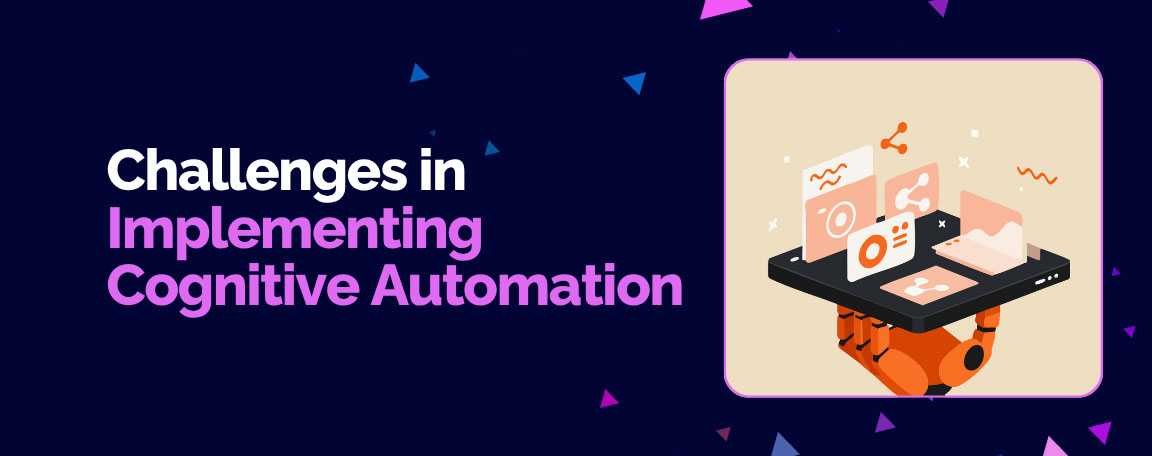
While cognitive automation offers significant benefits, its implementation comes with its own set of challenges:
1. High Initial Costs
The upfront costs of implementing cognitive automation systems can be high, especially for small and medium-sized enterprises (SMEs). However, as the technology matures and becomes more affordable, the cost barriers are expected to decrease.
2. Data Privacy and Security
As cognitive automation systems handle sensitive data, businesses must ensure that they comply with data privacy regulations and implement robust security measures to protect customer information. Failure to do so could result in data breaches and legal consequences.
3. Integration with Existing Systems
Integrating cognitive automation into existing legacy systems can be challenging. Businesses must ensure that their automation systems are compatible with their current infrastructure, which may require significant time and effort.
4. Change Management
Implementing cognitive automation often requires a cultural shift within an organization. Employees may resist change, fearing job displacement or a loss of control. Effective change management strategies are necessary to ensure smooth adoption and integration of automation technologies.
The Future of Cognitive Automation
As AI and machine learning technologies continue to advance, the capabilities of cognitive automation will only expand. In the future, we can expect cognitive automation to become more integrated into every aspect of business operations, from product development to customer engagement, supply chain optimization, and more.
Businesses that embrace cognitive automation will be better positioned to adapt to changing market conditions, deliver superior customer experiences, and achieve sustainable growth. As the demand for intelligent automation solutions grows, companies like Trantor will continue to play a crucial role in helping businesses unlock the full potential of cognitive automation.
Conclusion
Cognitive automation is not just a passing trend; it is a revolutionary technology that is changing the way businesses operate, make decisions, and interact with customers. By combining the power of AI, machine learning, NLP, and other advanced technologies, cognitive automation offers unparalleled efficiency, cost savings, and enhanced decision-making capabilities.
As businesses strive for digital transformation, cognitive automation will undoubtedly be a critical enabler of this journey. Companies like Trantor are committed to helping organizations leverage this technology to streamline operations, improve customer experiences, and drive business growth. The future of business is intelligent, automated, and customer-centric—and cognitive automation is at the heart of this transformation.
